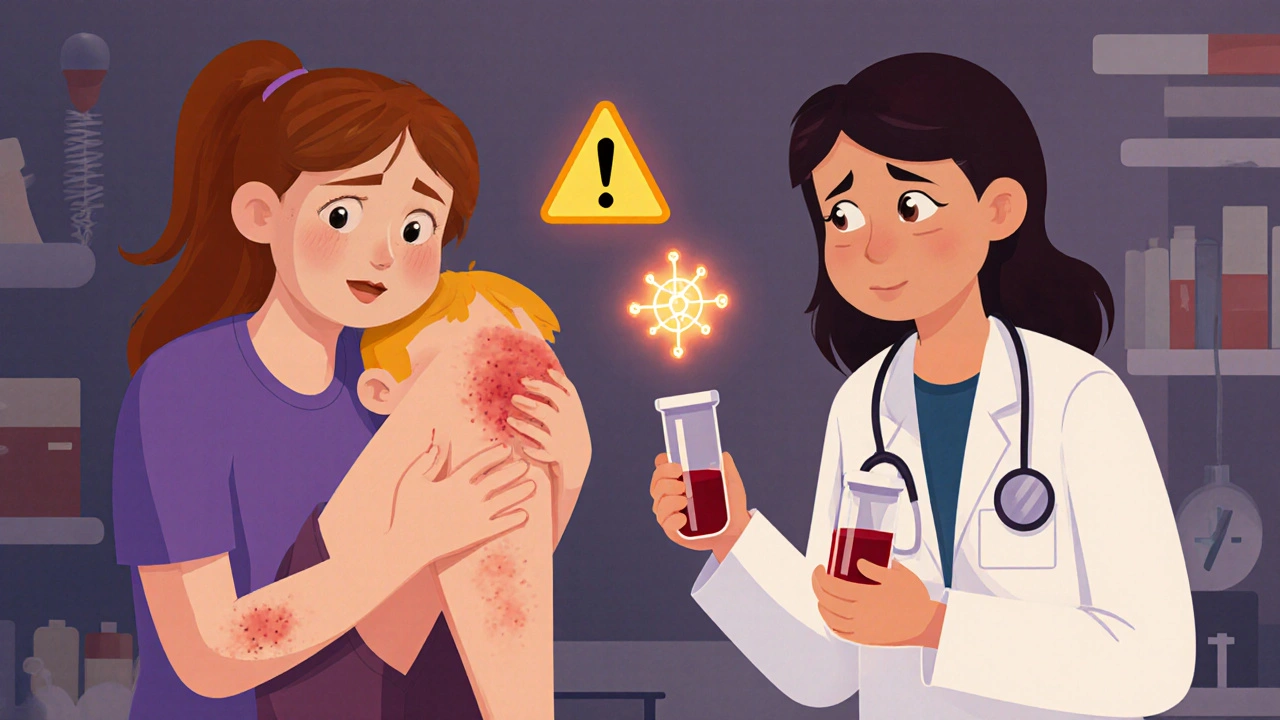When someone has hemophilia, a genetic bleeding disorder where the blood doesn’t clot properly due to low levels of clotting factors. Also known as factor deficiency, it means even minor cuts or bumps can lead to dangerous bleeding—sometimes without any obvious injury. This isn’t just about slow-healing scrapes. It’s about internal bleeding that can happen out of nowhere, especially in joints and muscles.
Joint bleeding, a common and serious sign of hemophilia, often starts with stiffness, warmth, or aching in the knee, elbow, or ankle. It doesn’t always come from trauma. You might wake up with a swollen joint after sleeping, or feel pain while walking. Left untreated, repeated bleeding into joints causes permanent damage and chronic pain. Spontaneous bleeding, bleeding that happens without injury, is another red flag—think nosebleeds that won’t stop, blood in urine or stool, or huge bruises from light bumps. In babies, it might show up as excessive crying after a vaccine shot or swelling after a fall. In kids, it’s often noticed when they start crawling or walking and develop unexplained lumps or limping.
Some people mistake hemophilia symptoms for normal childhood bumps or arthritis. But if you or your child has frequent, large bruises, bleeding that lasts longer than usual, or bleeding after dental work or surgery that doesn’t stop with pressure, it’s not normal. Factor deficiency, the root cause of hemophilia, means your body lacks the proteins needed to form clots—usually factor VIII or IX. The severity depends on how much of that protein you have. Mild cases might only bleed after surgery or injury. Severe cases can bleed daily, even while resting.
Knowing these signs matters because early treatment stops complications. A single bleed into a joint can be managed with clotting factor replacement—but if it keeps happening, you’re looking at lifelong disability. That’s why tracking symptoms, not just waiting for emergencies, is critical. Parents, caregivers, and even adults who’ve never been diagnosed need to recognize the patterns: unexplained swelling, pain without injury, bleeding that won’t quit.
Below, you’ll find real-life insights from people who’ve lived with these symptoms, plus practical advice on recognizing warning signs, managing flare-ups, and knowing when to call a doctor. These aren’t just medical facts—they’re survival tools.
Posted by
Paul Fletcher
15 Comments

Early diagnosis of hemophilia prevents lifelong joint damage, brain bleeds, and disability. Learn the warning signs, testing options, and how timely treatment lets children live full, active lives.
read more